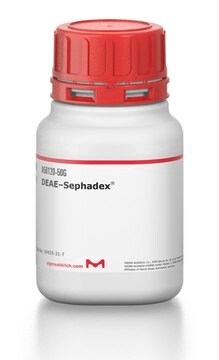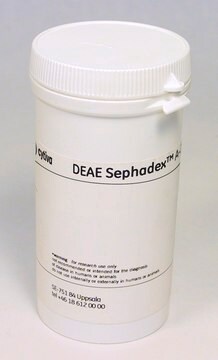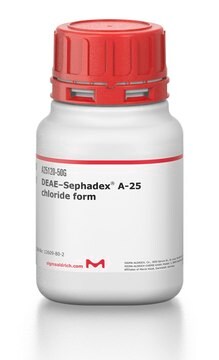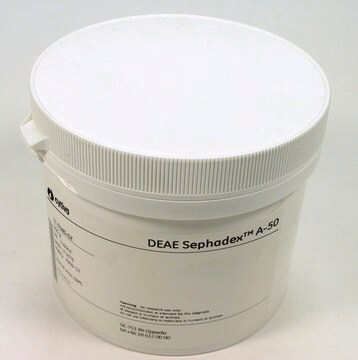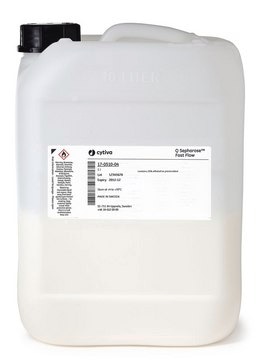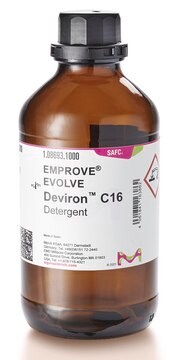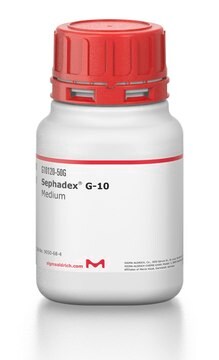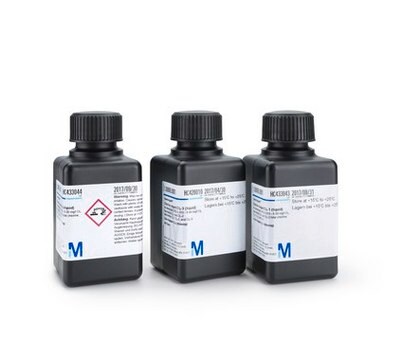GE17-0170-02
DEAE-Sephadex® A-25
Cytiva 17-0170-02, pack of 500 g
Synonym(s):
Ion-exchange chromatography resin
About This Item
Recommended Products
ligand
diethylaminoethyl
description
Ion Exchanger Type (value)
feature
autoclavable In 0.1 M sodium chloride at 121°C for 30 min.
packaging
pack of 500 g
manufacturer/tradename
Cytiva 17-0170-02
storage condition
dry media
matrix
cross-linked dextran
particle size
40-120 μm (dry)
cleaning in place
2-13
working range
2-13
capacity
binding capacity
suitability
none detected for bioprocess medium
Related Categories
General description
Application
Different types of ion exchangers (DEAE, QAE and CM) and two different porosities (A-25/C-25 and A-50/C-50) are available.
Features and Benefits
- Weak anion exchanger suitable batch techniques.
- High binding capacities.
Storage and Stability
Analysis Note
Legal Information
Storage Class
13 - Non Combustible Solids
Certificates of Analysis (COA)
Search for Certificates of Analysis (COA) by entering the products Lot/Batch Number. Lot and Batch Numbers can be found on a product’s label following the words ‘Lot’ or ‘Batch’.
Already Own This Product?
Find documentation for the products that you have recently purchased in the Document Library.
Our team of scientists has experience in all areas of research including Life Science, Material Science, Chemical Synthesis, Chromatography, Analytical and many others.
Contact Technical Service